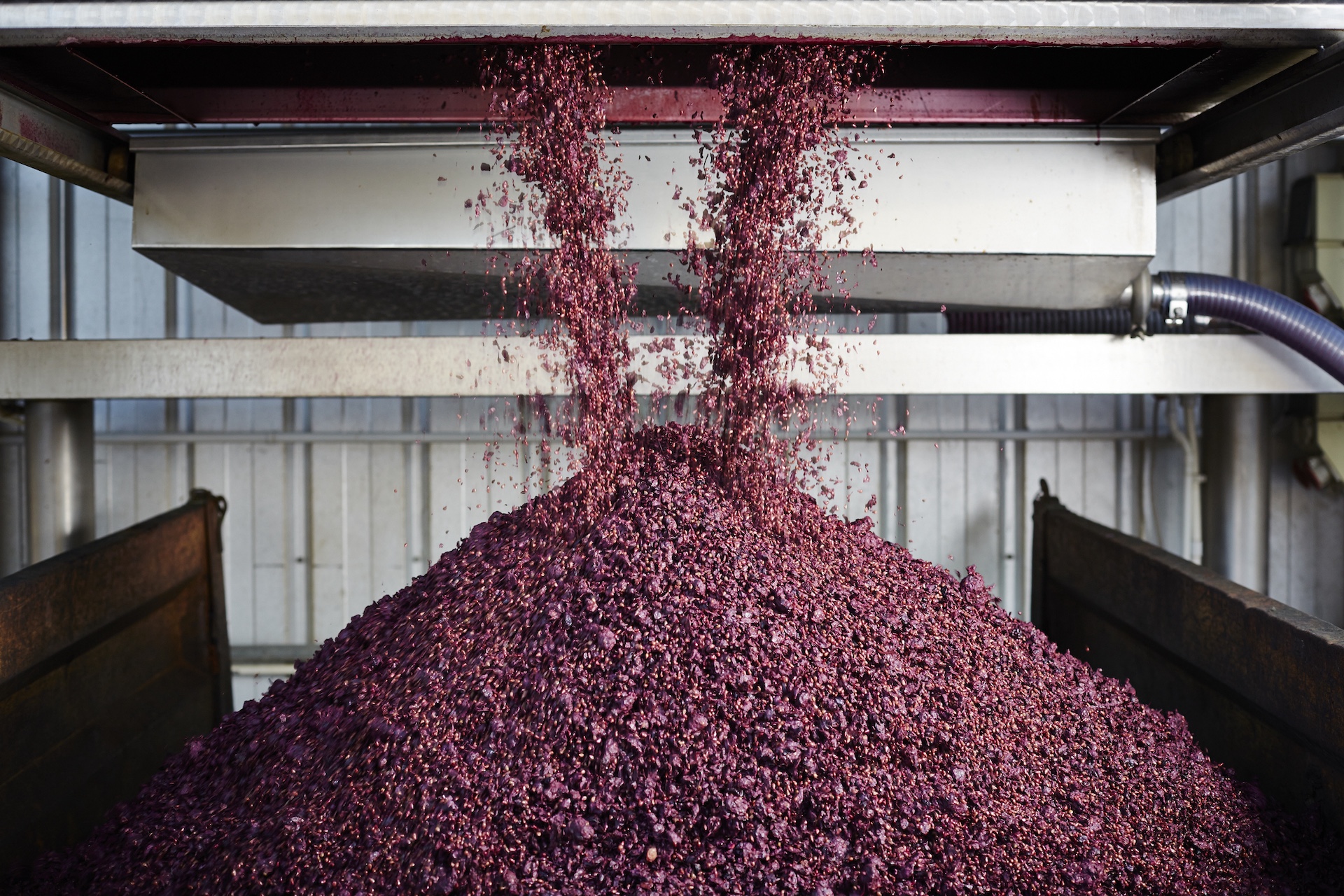
Production
Below is a comparison of two completely different methods of producing cooking oil.
The example is based on Grape seed oil.
Our method
Cold-Pressed
Industrial
Refined
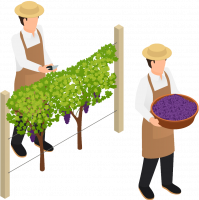
Receiving
Fresh, carefully selected raw materials.
Grape pomace is delivered to our production line within 12 hours after grape press for juice and wine production.
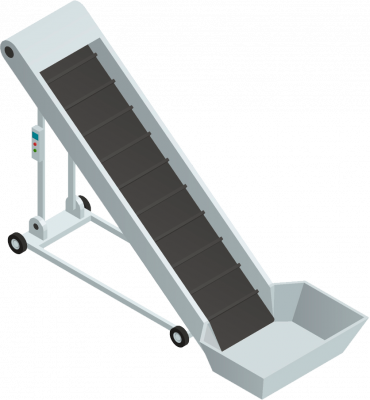
Receiving
Minimum requirements for the quality of raw material
The grape residue can be kept in silo storage for several months after being taken from the winery
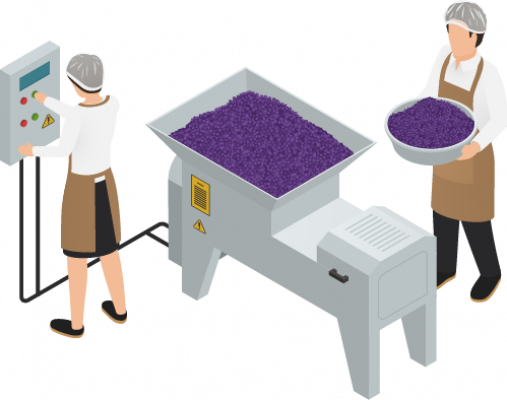
Separation
Within 6 hours grape seeds are cleaned and separated out of skin
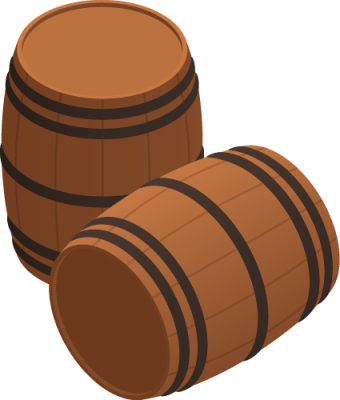
Alcohol production
The grape residue used in distillery or alcohol production.
Drying
Within 24 hours grape seeds are carefully dried in a temperature of max 50°C using non-direct heating
Drying
Raw material drying temperature is from 60 to 250°C.
No time restrictions
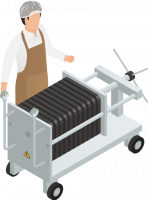
Oil pressing
Oil is produced by mechanical pressing method
Seeds are pressed in screw press under the temperature of maximum 50°C
Allows to get 50-70% of the oil from the seeds
No chemical additives, preservatives, colorants.
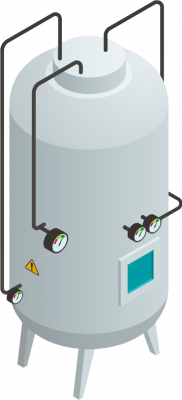
Oil extraction
Oil is extracted from seeds with chemicals such as hexane and methanol.
Allows to extract 95% of oil from seeds.
What is Hexane?
Colorless and odorless liquid. Used for formation of glues for shoes, leather products, roofing, and in the extraction of oil from seeds.
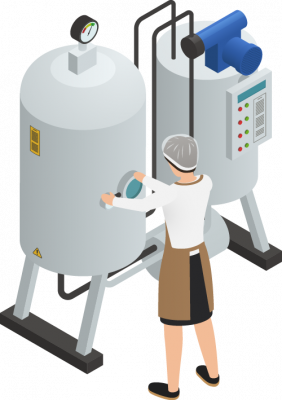
Filtration
Oil passes through drum vacuum filter, where oil sediment remains on the filter.
Second filter cleans the oil from all micro parts and oil sediment.
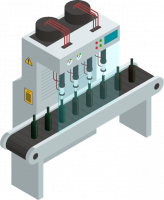
Packaging and labeling
The oil is bottled, and then going on capping, labeling, shrink wrapping, and the packaging of bottles in the boxes.
Shipment
Fresh and tasty oil is sent to the destination.
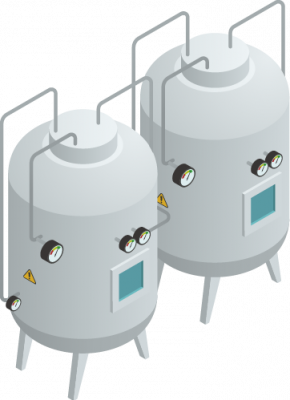
Refining
Heating the oil slurry in up to 85°C water and mixing with an alkaline substance. The oil is further washed to remove traces of soap and then dried.
Degumming
By treating with water between 85 and 95°C steam, or water with acid. Phosphatide flakes removing by centrifuge.
Bleaching
By filtering oil through activated carbon or activated clays
Deodorization
Deodorization through the vacuum with hot steam up to 250°C, to remove color, odor, and bitterness.